11 breathtaking photographs from the 2018 Landscape Photographer of the Year competition
We've picked out eleven of our favourite landscapes from the 2018 Landscape Photographer of the Year award.

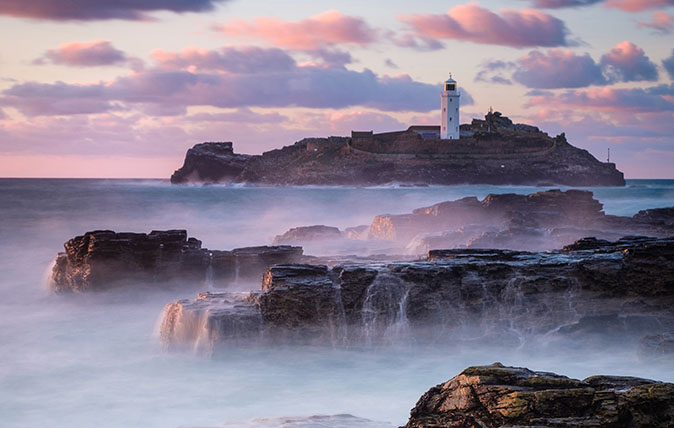
Our beautiful island rarely receives the appreciation it deserves. These eleven photographs show Britain in all of its glory, showing how truly lucky we are to call this place home, all of them entries for the Landscape Photographer of the Year competition.
The best photographs from the competition, now in its 12th year, will go on display at an exhibition at London Waterloo Station that will run from Monday 19 November 2018 until Sunday 3 February 2019. It's free to visit and will have the same opening times as the station; the winning images will then tour to more of Britain’s biggest stations nationwide.
The pictures will be featured in a book entitled Landscape Photographer of the Year: Collection 12, published by AA Publishing – if you fancy entering the competition yourself, you can find out more at the Landscape Photographer of the Year website, www.take-a-view.co.uk.
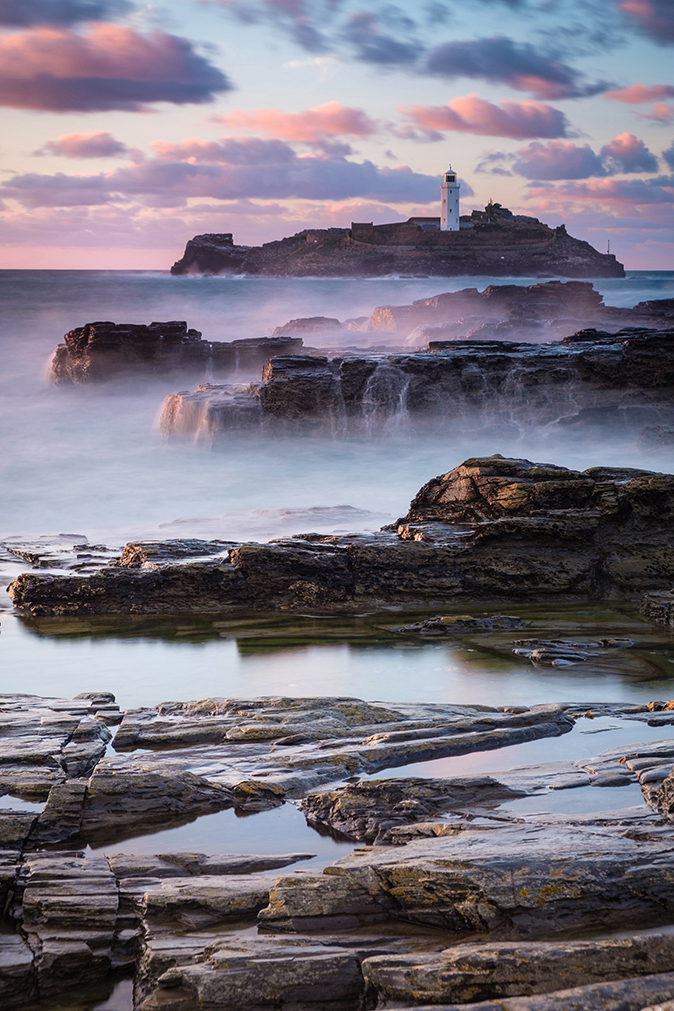
Godrevy Lighthouse, near St Ives, Cornwall, lit by the setting sun in this magical image by Justin Cliffe.
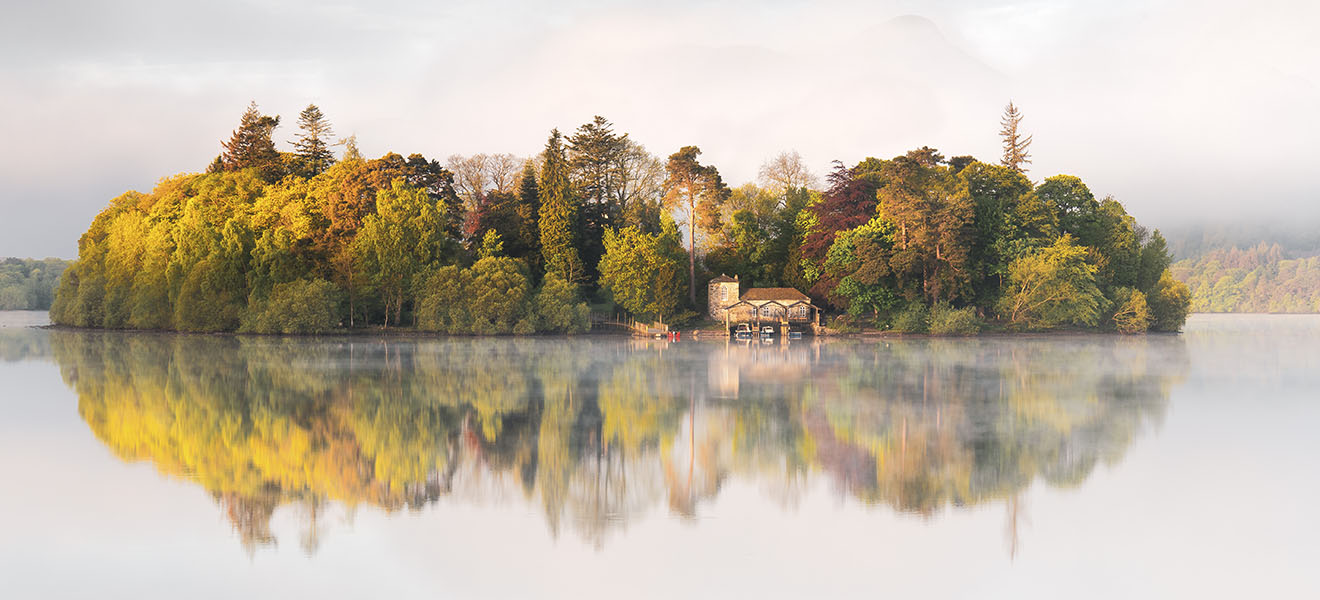
The essence of a crisp Lake District morning is perfectly captured in Isolation: Derwent Isle just after dawn, taken in Derwentwater, Cumbria by Andrew Jones. "The isle and boathouse became the stars of the show as the early morning sun briefly added warmth and depth to the treetop colours." Says Andrew. "Some mist remained on the surface of the lake, softening the foreground reflection and helping to convey the calm, peaceful conditions."

Raindrops on the Washing Line, was taken by Peter North in Hertfordshire, England. Believe it or not, this stunning photograph was shot on an iPhone. Peter was fascinated by the concept of submitting a landscape where the main component of the image (the tree) takes up about 90 per cent of the frame and is completely out of focus. Peter didn't have his DSLR with him so snapped the picture on his phone, leaving the reduced colour palette to improve the impact of the composition.
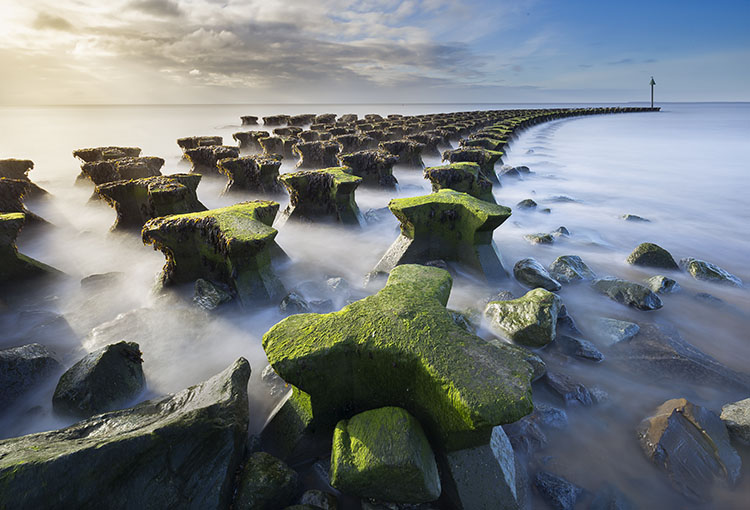
Felixstowe Sea Defences was produced by Dave Watts as he battled against the light, weather and tide in order to shoot this magnificent photograph in Suffolk, England. It was taken the morning after an intense storm, with the sun only breaking through as the tide came in and left Dave standing in over a foot of water. His commitment was rewarded with this breathtaking shot.
Exquisite houses, the beauty of Nature, and how to get the most from your life, straight to your inbox.
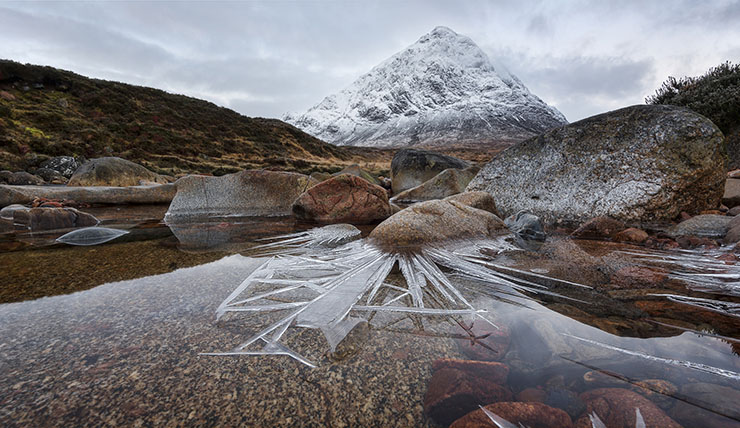
Pete Rowbottom captured this marvellous photograph, entitled Ice Spikes, in Glencoe, Scotland. The picture is the overall winner of the 2018 Landscape Photographer of the Year award. 'The numerous strong diagonal lines of the ice fractures in Pete’s image echo the shape of Buachaille Etive Mòr in the background and have peaks of their own,' said Charlie Waite, founder of the awards. 'You can’t take your eyes away from the relationship between the mountain and the ice... This is an image where you can hear and feel the landscape, as well as see it, so it is emotionally strong and involves the viewer on multiple levels.'
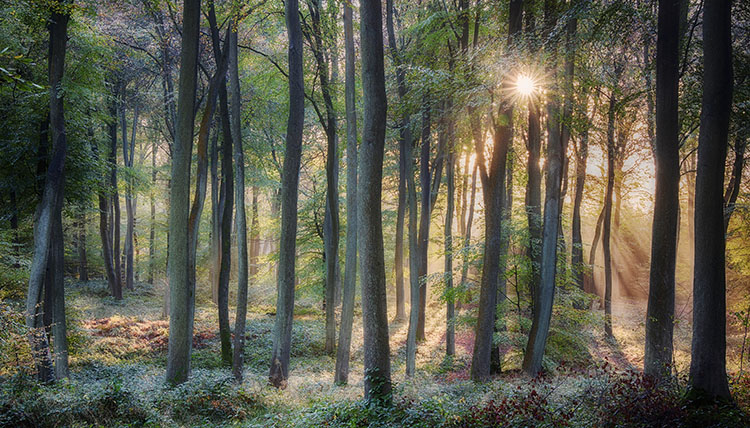
Ceri David credited the light shining through the morning mist for providing this atmospheric shot, entitled Morning Woodlands, Woodcote, Oxfordshire. Ceri shot this at 8am as the sun began to break through the forest canopy.
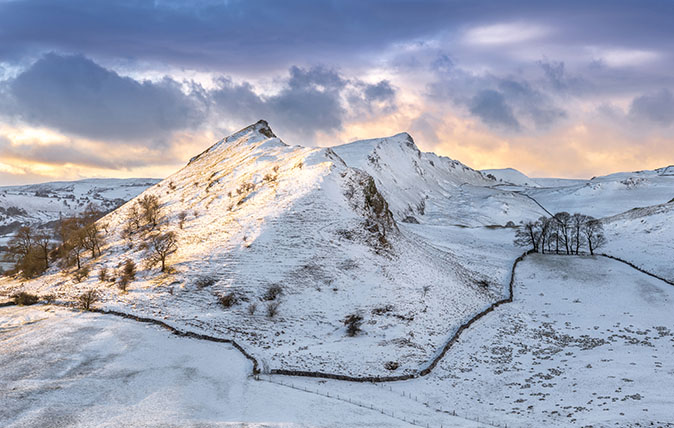
Dramatically entitled Dragon's Back and taken in the Peak District National Park, Derbyshire, a dusting of snow on the limestone knoll of Chrome Hill forms the centrepiece for this picture. Visibility was poor when Shaun Quilter set up his equipment to take this shot and he had packed up to leave when a burst of orange finally lit the hillside. Running back, Shaun was able to immortalise that moment of sunlight before it disappeared once more.
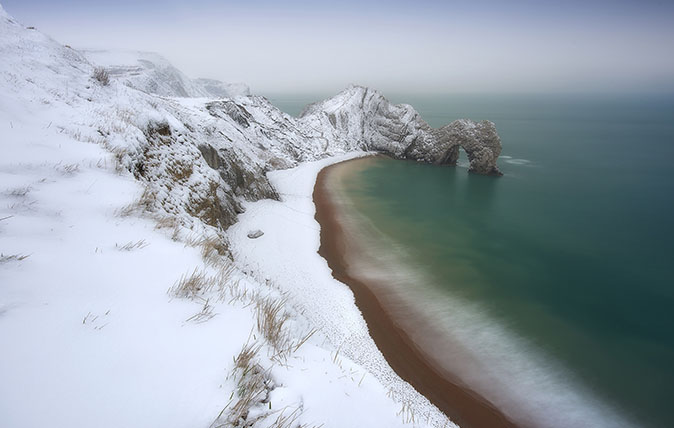
Coastal dream, taken at Durdle door, Dorset, England by Darryn Kemper. Darryn's picture is featured on the cover of the book collecting the photographs together.
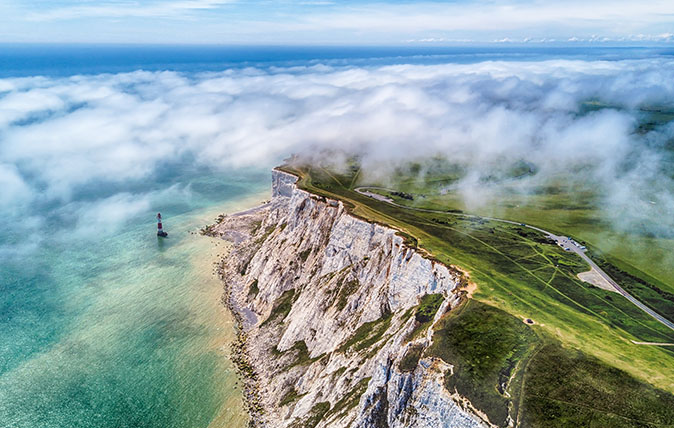
Low cloud drifts across Beachy Head, East Sussex, England. One of the UK's most popular tourist destination, this spot attracts visitors from all over the world and it's not hard to see why in this photograph, taken by Chris Gorman.

Clouds rolling over the cliffs in West Bay at sunrise taken by James Loveridge, Dorset, England.
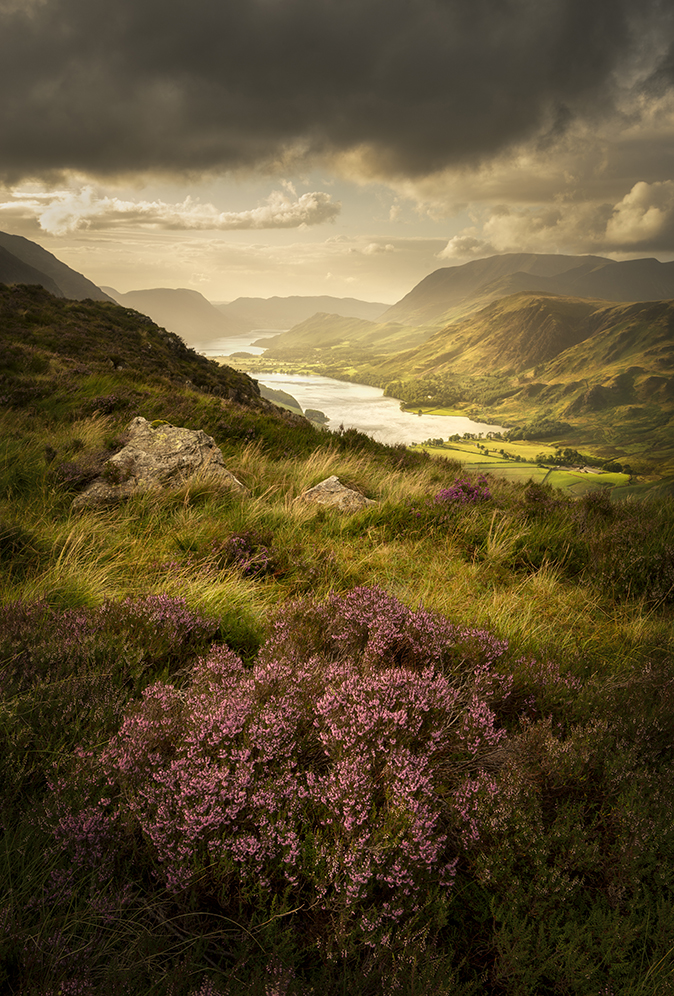
Buttermere Bloom by Stuart McGlennon was shot in The Lake District, Cumbria, between Haystacks and Fleetwith Pike. Stuart intended to return to this spot after the heather was in full bloom but after setting up his composition and recognising the stunning lighting, he didn't move for two hours.
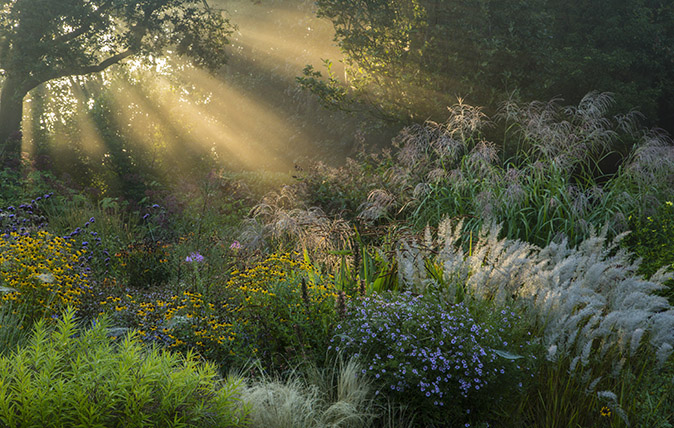
12 breathtaking images to inspire you to enter the International Garden Photographer of the Year
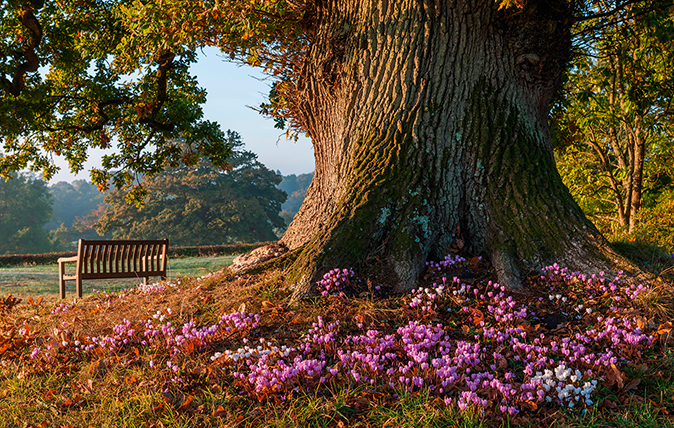
Alan Titchmarsh: Cyclamen, October colour and Nature's most extraordinary colour clash
Our columnist Alan Titchmarsh reflects on the ups and downs of Autumn gardening, where this rag bag of a season
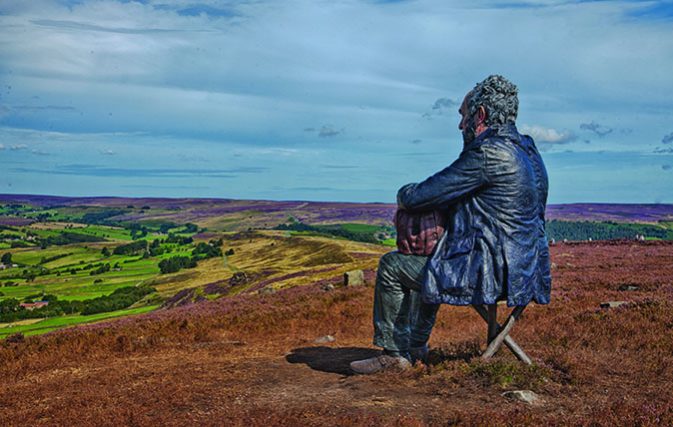
Four breathtaking pictures of North York Moors National Park, taken by our readers
Enjoy the North York Moors National Park in all its spectacular glory, as captured by readers of Country Life.
